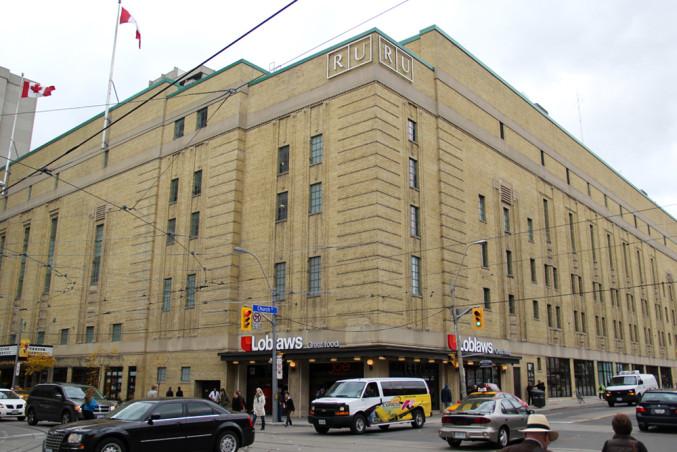By Shannon Baldwin and Joshua Beneteau
Being a student athlete at Ryerson may be more of an expense than a luxury — depending on what team you want to play for.
While some teams offer scholarships, physiotherapists and educational support, the amount of support a team receives is based on a tier system Ryerson Athletics adopted three years ago.
“What Ryerson did differently than most other universities is we didn’t automatically put [teams] in a category [that would immediately get funding],” said Ivan Joseph, director of athletics. “We haven’t officially named [the tiers] yet [but] we’ll say there’s the CIS, there’s the OUA, there’s the competitive club and then there is the [recreational] club.”
For teams lucky enough to play at the Canadian Interuniversity Sport (CIS) level — like basketball, hockey, soccer and volleyball — their financial support is seemingly limitless. This is because these teams represent Ryerson on not only the provincial level, but nationally as well. Each team that competes in the CIS has a full-time head coach whose salary ranges anywhere from $45,000–$100,000. They also get about $40,000 for travel and thousands of dollars allotted for equipment fees. Joseph said the men’s hockey team “probably [spends] over $25,000 in sticks just to run the show.”
CIS teams are also the only ones with the ability to give out scholarships of up to $4,000 each. But their biggest advantage at the top of the tier system is financial stability.
Only after the CIS teams are funded is the remaining money spread across the bottom three tiers — with only teams in the Ontario University Athletics (OUA) level actually being entitled to any of the funds. But all of these teams’ funding levels are subject to change based on their performance — successful or not.
The OUA-level funded teams, such as figure skating and fencing, are teams that place consistently high and represent Ryerson only on the provincial level. Their funding covers facility costs, travel expenses (only the official OUA competitions) and some additional spending. Although they share the CIS teams’ athletic therapists, academic advisors and trainers, the OUA coaches only get up to a $5,000 honourarium compared to the CIS coaches who make 10 times that amount.
“What we tried to do with the [tier] model is… create opportunities for everyone,” Joseph said. “[But] I don’t think there is more money to be honest with you.”
So, all new teams — unless they compete in the CIS — must start as a competitive club and work their way up to receive full OUA recognition and funding from Ryerson.
Both competitive clubs and recreational clubs don’t receive any funding from Ryerson and rely on self-funding. But competitive clubs — which compete against at least six OUA teams — have some ability to move up in the system.
Because the tier system Ryerson uses is highly based on performance, only once a team “does really well and [consistently] places in the top two of their division” will Ryerson Athletics consider providing OUA-level funding, Joseph said.
For competitive clubs like baseball, the tier system isn’t the only obstacle. The team had to enter a two-year probation period just to get approval to play. Head coach Ben Rich and the rest of the team agreed to prove to athletics that they are self-sufficient and competitive, while also creating campus support. Under the probation, the team must be fully self-funded, but Joseph said that even if he puts the baseball team “in the OUA to compete… it’s not easier for them to get funding.”
After one season of probation, Rich said the team understands they have to earn Ryerson’s financial support.
“They’ve been helpful and there is no resentment, although we’re not getting any money,” he said.
After next season, Rich will sit down with athletics to discuss how the team is progressing and try to move up in the tier system. But for now, players and coaches must continue to fundraise and front about $500 in team fees to fund the team.
“If I had the opportunity to, I wouldn’t want to pay that much money,” catcher Keith Capstick said. “But… it’s worth it.”










Leave a Reply